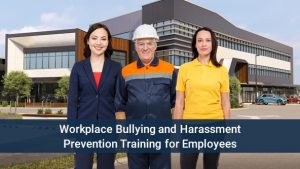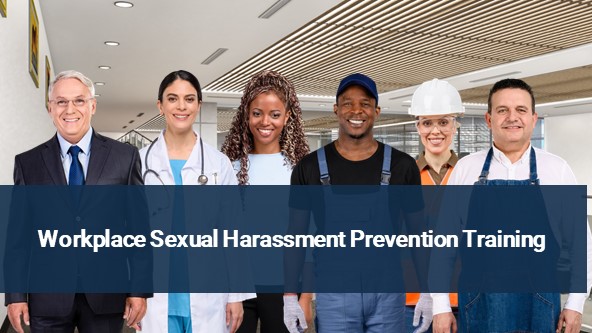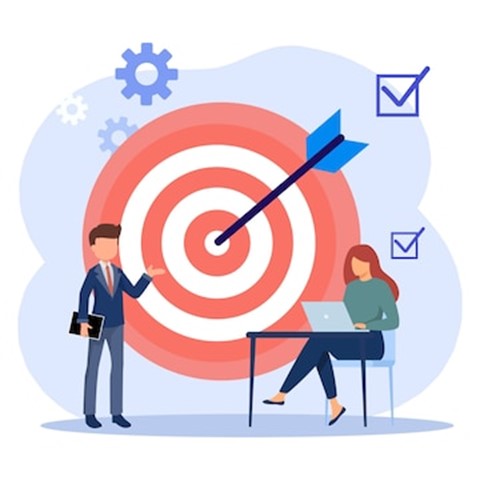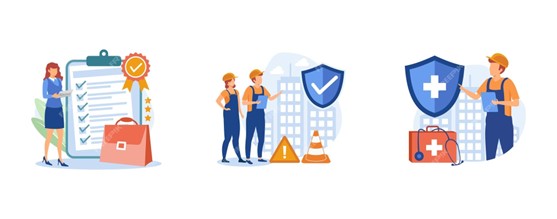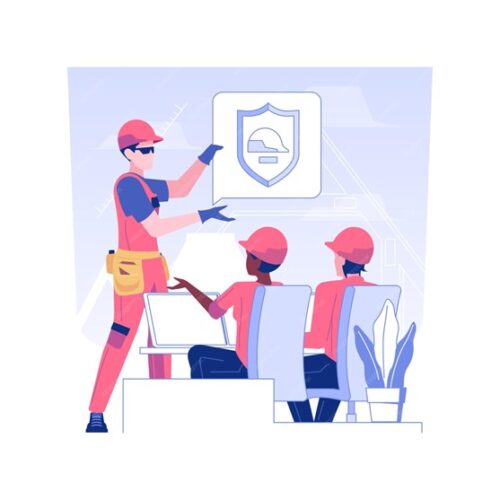Effective health & safety training content and delivery will assist businesses to reduce the risk to employee illnesses and injuries, help employees to educate the potential hazards they are exposed to on a daily basis. Preventing accidents, incidents, injuries, and illnesses caused by work is an Australian employer’s key priority. It will also help your business in achieving business objectives, meeting your legal and moral obligations in providing and maintaining a safe and healthy workplace.
The reality is, a serious workplace injury, incident or death changes the lives of your employees, but also their families, friends, communities, and colleagues. Preventing accidents, incidents, injuries, and illnesses caused by work should be a key priority for any business. As the owner or manager of a business, your employees are your business’s greatest assets. Your business health and safety success and profitability depend on your employees.
Training in health and safety is good for business
- Investments in health and safety training are worthwhile. In the long run, health and safety training saves you money. A workplace that’s not healthy and safe could face insurance claims, medical bills, higher insurance premiums, lost productivity and replacement labour costs.
- Safety training is mandatory. Providing health and safety information and training is your responsibility as an employer under the WHS laws.
- Safety training is crucial. Workplace injuries can be reduced by training.
Legislation and training in safety and health
The aim of health and safety legislation is to ensure the health and safety of workers at work as well as to promote cooperation between employers and workers.
Employers must provide the following to employees under the law:
A comprehensive approach to preventing injuries and illnesses in your workers by providing information, instructions, training, and supervision
What’s the best time for people to get trained in health and safety?
It is critical to ensure the health and safety of employees at work on a continuous basis. It is inevitable that conditions at work will change over time.
In every situation, the following questions must be asked:
- Are there any health or safety implications of this change?
- In what areas do I need to provide instruction and training on health and safety?
Typical times when you need to ask these questions are:
- Whenever you hire a new employee, health and safety should be part of the induction process
- Every time you buy new equipment, machinery, or chemicals, such as cleaning materials, chemicals, paints, etc.
- Whenever a person’s job changes
- Whenever you rearrange your workspace
- Any time your industry is affected by new health and safety laws, standards, or regulations
- Whenever there is an accident, injury, or health and safety incident at work.
What are the major barriers to safety and training?
Major Barrier to safety and training is adult literacy, language, and numeracy (LLN) skills.
Did you know that Approximately 53% of working age Australians have difficulty with numeracy skills; 46% of Australian adults have difficulty with reading skills, and 13% are classified in the lowest literacy category? (Australian Adult Literacy Survey). It is clear there is a connection between workplace accidents, incidents, and injuries and adult literacy, language, and numeracy (LLN).
Language and Literacy
LLN skills are a major barrier for the businesses, who want to introduce change in the occupational health and safety, safety objectives, restructuring, new technologies, WHS systems or processes. This can affect the business’s ability to meet health and safety obligations.
Safety Training Content
Businesses have a legal obligation and an ethical responsibility to train their employees. the WHS/OHS laws require employees to be trained for work health and safety, the hazards present in the workplace and how the workers can protect themselves and those around them. All our workers are required to be trained for internal health and safety policies, procedures and practices.
Safety training content needs to be contextualised to your own workplace. Information provided during the safety training might be too comprehensive and can be infective. It is important for your workplace to tailor the safety training to your company’s needs and your worker’s experiences. In order to identify the safety topics, you need to involve your workers.
Consult your workers in training development and design. Make them feel like a partner in safety and safety training. Ask them:
- on job-specific hazards and safety issues;
- type of safety training materials they prefer;
- specific times to complete safety training.
Safety Training Delivery
Instructor-Led Training is one of the most popular safety training methods, this encourages employees to take an active role in learning. It is an efficient method for presenting a substantial amount of information to large or small groups of employees. It is a personal, face-to-face training, ensuring that everyone gets the same information at the same time. Storytelling grabs people’s attention and assists the learning experience.
In an instant, you can:
- confirm learners understanding, ask questions, receive and give feedback;
- take into account a person’s LLN levels and cultural background; and
- encourage people to assess their own performance;
Utilising interactive and hands-on training methods, such as, case studies, role-playing, demonstrations, and quizzes will keep trainees engaged in the training, which makes employees more receptive to the new safety information.
Computer-based, eLearning training is becoming more and more predominant as technology becomes more widespread and easier to use. Computer-based training formats vary from the simplest text-only programs to highly sophisticated multimedia programs to virtual reality.
However, Human interaction will always remain a key component of workplace health and safety training.
As a summary, the legislation requires employers to offer the right training for the health and safety of their staff at work. However, as well as achieving legal compliance, there are many further benefits to organisations in providing effective health and safety training. Interactive and effective WHS will help your organisation to reduce the accidents due to workers not having adequate safety knowledge. Safety training is not just a box-ticking exercise or time-consuming problem. Training can be delivered in the classroom, or online.
WHS and Training Compliance Solutions, we understand the barriers to learning, and we put a lot of time into building right content to meet the needs of learners. Safety training content and delivery does not have to be to be painfully boring and the world’s most effective sleeping pill.
It is a very hard task going through the WHS/OHS Act, keeping everyone in the classroom awake, as well as learning and retaining the safety information.
Safety training content and delivery can be hip and cool, interactive, informative, useful and relevant. We think the application of knowledge is far more effective than death by PowerPoints. Therefore, we include scenarios, practical activities and case studies to apply the relevant safety information students are learning.
Our goal is to provide interactive, hands-on safety training that will give your workers the skills needed to, understand the hazards and risks associated to administer their tasks safely.
We design health and safety training programs that will:
- support your business to achieve a positive health and safety culture;
- increase employee participation, motivation, and productivity;
- uninterrupted operations and staff not off ill due to accidents; and
- meeting your legal duty to protect the health and safety of your employees.
If you would like to have a confidential meeting and talk about your safety training needs. Contact us
Read our other articles: Health and safety representatives role, and six steps to tie the mental health and well-being program into your workplace culture.
Have you seen our Onsite, Online and Classroom based WHS training programs?
We have short E-Learning WHS training programs:

